|
By Manuel Players: 1 Platforms: Nintendo Switch, XBox, PlayStation 4, PlayStation 5, PC Are you a fan of '90s video games? Hell, are you a fan of '90s media in general? I sure hope so, because Prison City is here to pack in as much '90s awesomeness as physically possible in a single retro-style action platformer. Coming to us by way of Retroware and Programancer, it's out now on consoles and PC and we're going to be taking a look at it! Prison City definitely looks the part, but how well does it pull off accurately replicating a game from over two decades ago? Does it even stand out among the countless retro-inspired games that release almost daily? That's what we're here to answer, so without further ado, let's drop ourselves into New Detroit! Oh, and be sure to keep reading even if you're not a '90s fan, as there just might be something for you here anyway! Prison City is not only inspired by classic games and media form the '90s, but it also takes place in the '90s as well. Somewhere in an alternate version of 1994, it was decided that the decaying city of Detroit would serve the country better if it were turned into a city-sized prison. This "Prison City" very obviously spiraled into chaos over the years, but things have come to a head in the distant year of 1997. See, not content with whatever they were doing before, the Techno-Terrorists have arrived in Prison City and have taken over. These Techno-Terrorists have organized Prison City's many criminal residents into various gangs that are now on the verge of taking their special brand of lawlessness beyond the walls of Detroit. It's time to do something about this, and the powers that be have called up one Hal Bruzer to sort out all this Prison City nonsense one way or another. Defeating the Techno-Terrorists is easier said than done though, so Hal has an entire team of operatives that are in place to help Hal get to the areas where he can destroy what needs destroying. One of Hal's helpers is even a dolphin you get to talk to! Answering only to The Chief, it's up to Hal to get to the bottom of what exactly shifted the balance in Prison City and to make sure that Detroit is kept in line! I'm sure I'm getting some of the smaller details wrong, and to be honest I was a little confused on the finer points while playing the game, but does any of this REALLY matter? We're here to blow things up, destroy some enemies, and ask questions later! One can play the game and even forget that Hal's last name is Bruzer. I sure as hell did! While story is rarely important in games of this genre, I must admit that it's a fairly interesting set-up and even offers some twists before everything wraps itself up. Anyhow, now that we have that out of the way, let's dive into the game proper! First off, do the Training level. Seriously, it'll make your life a whole lot easier if you do. After you complete that, and get through the introductory level, you're presented with a Mega Man-esque stage select screen. From here you can take on any of the game's initial eight stages in any order you see fit. Unlike Mega Man, there isn't a rock-paper-scissors element to beating them in a particular order, though I do feel that The Sewers and The Power Plant (located on the bottom half) are noticeably harder than the rest. Your goal in each stage is to find your contact on the inside who will give you a key card that opens the door to the boss. Finding both your contact and the boss door can be done at any time, but you'll need to get that keycard first to proceed. All the levels are fairly open-ended, with the player being able to explore, or backtrack, as they see fit. This can lead to some interesting scenarios where you run into the boss door early on long before having found the contact, or where you see the contact out in the open but in an area where you have no idea how to get to. Thankfully the game does have a map that fills in as you explore each of the stages many rooms. You don't need to cover every inch of it, but it's a good way to keep track of where you've been, and maybe to reveal a potential path to those elusive contacts. After you get the key and defeat the boss, you can sometimes take part in a bonus stage. These can be destroying a car (like in Street Fighter II), disarming bombs in a sewer (like in Teenage Mutant Ninja Turtles), or even simply bouncing balls or hitting targets. After completing the core eight stages, you then open up a final stage. This stage, The DCP Headquarters, has several sub-stages within it, and is far longer than anything else in the game. One thing I was not expecting at all from Prison City was the weapon choices. You'd think you'd have guns, or even fists, to take out the enemies, but Hal Bruzer is armed with chakrams. I'm going to assume that this is a reference to Xena: Warrior Princess, and damn do I love that the developers went with this. While he may not be as good-looking as Xena, Hal definitely rivals her deadly accuracy with the chakram. Each chakram you fire returns to you in an upward arc. You can aim your throws in any direction, but some are easier than others due to special button mapping. Also, your chakram attacks have a power determined by a meter under your life bar. This meter will drop into the red if you're attacking too fast or frequently. This means you want to space out your attacks in a steady rhythm so they always hit with the most power. If you hold the attack button the chakram you fire stays out in front of you. From here you can direct it upwards into a wider arc than you're normally able to, and in some cases grab hard-to-reach items. You can strengthen your chakrams by collecting three power-ups, but you also lose this power if you get hit three times when you're fully powered-up. Your only other weapon besides chakrams are grenades. These are picked up via item drops and take out all enemies currently onscreen. Since we're talking power-ups, you can also pick up a hot dog that restores your health, and an item that grants you invincibility. Items and attacks aside, you can run, jump, slide, and hang onto ledges. The latter is a very important skill as you'll be doing it a lot in just about every level. It works a bit like the grapple from Bionic Commando, but without the need of shooting out a robotic arm. That just about covers everything we need to know about Hal, let's move on to the enemies. There are far too many enemy types to describe here, but what's important is how they attack. Some will fire projectiles from afar, some will charge at you, and some are placed in areas you have to either jump, duck, or aim in a particular direction to hit. Every time you get hit you lose health of course, but you also get knocked back a bit. This is the bane of classic gamers everywhere, and you will lose more than a few lives to bottomless pits, or more accurately the enemies placed right after the pits who knock you back into them. Thankfully, depending on your chosen difficulty level, you don't have to automatically die from falling into a pit, but it's still best to traverse carefully whenever an enemy is just beyond a difficult platforming section. The items I mentioned earlier are most typically found in item boxes throughout the stages, but enemies can also drop them too. Defeating enemies doesn't actually mean that they're gone for good though as they will respawn once you pass them on screen. This can be a bit annoying, but can also be used to farm power-ups if you're on a lower difficulty setting. I didn't want to discuss the enemies earlier, but they are indeed quote a varied bunch. You have punks that look like they came from Robocop 3, creatures that look like Xenomorphs from Aliens, shielded foes that resemble Proto Man, giant robots that look suspiciously like ED-209, and soldiers that look they came out of Contra Force. There's many more than what I just mentioned, with most of them being unique to the levels they appear in. Things really get interesting when it comes to the bosses of each level. These really run the gamut from giant screen-filling menaces, or smaller enemies that remind one of a boss fight against one of Wily's robots from a Mega Man game. Some boss battles are even "event"-type bosses that are reminiscent of the stage bosses from the Wily Castles levels, also from Mega Man. Enemy variety is key here, and there's a cool mix of new and legally distinct things for you to destroy. Now I love referential humor, but I must admit that it can be hit or miss sometimes when there's too much of it included in any one thing. Prison City has tons of references that I recognize, and just as many that I know have to be taken from something I don't know. I've touched upon a few here and there, but just about every little thing feels like it was borrowed or lifted from somewhere else. The way you radio in to your colleagues is like the Metal Gear series, some boss music cues sound like they're from Double Dragon, the entire Detroit setting feels taken from Robocop, the climbing of grates conjures up memories of Super Mario World, the pan up the building at the beginning of the game is Mega Man 2's opening reskinned, and there's even a boss named "Fury Rhoads" that is clearly a Mad Max reference. That's not even everything I can point out, there's just so many things that I could list that we'd be here all day if I tried. All the things I did recognized made me wonder how much of this game is truly original. Now, you may think I'm revving up to tear the game a new one regarding originality. The thing is though... I didn't mind any of it. It's hard to defend it after naming one thing after another that isn't truly unique to this game, but it's the way everything is brought together here that really makes Prison City shine above other games that try a similar thing. Far too many other retro-themed games borrow and take as well, but do it in a way that often feels that they're not really familiar with what they're referencing, but perhaps just know a reference as a popular thing. Here, one gets the feeling that someone (or multiple people I'm sure) created "THAT" game. You know the one I'm talking about, that one game that every gamer creates in their head at some point in their life. Prison City is the whole "If I made a video game I'd put in..." discussion come to life. It's clear that every reference and borrowed element is something that the developers are familiar with, and more than likely have fond memories of. I really can't bring myself to hate the way everything comes together here. I wanted to knock the overly referential aspects of the game, but they just feel too authentic for me to do so. Getting back to the gameplay a bit, I want to talk a bit about difficulty. Prison City can be a very hard game, no doubt about it. I originally started the game on Normal, which is selected by default, but I had to change to easy for the game's last levels. I really wanted to beat it for the sake of the review, and I was having so much trouble with one boss in particular, The Hellavator, that I very nearly gave up. Let's not beat around the bush here, there's a reason we call very hard retro games "Nintendo Hard", and Prison City has included that bit of gaming's past too. There are some things that keep this from being a frustrating experience though. Thankfully there are a lot of difficulty settings that help ease in more casual players. There is no shame turning the game to easy, and you'll probably have to swallow your pride a little if you want to see this game to the end. I just wish the game was a bit more consistent with the way it doles out its overly difficult challenges. Some stages and bosses are ridiculously easy, even on higher difficulties, and others are the polar opposite. Half the game I beat without really trying, on my first try no less, and the other half I feel I only beat through sheer luck. Remember that Hellavator battle that made me lower the difficulty? Well, even after changing the game to Easy (the lowest difficulty setting) I still had trouble beating him. I eventually did, but only with a single health bar remaining and on my fifth try or so. I don't even want to get into how many times I had to attempt the last trio of bosses, as they made that Hellavator battle feel like child's play. With all this in mind, I don't want to make it sound like I'm calling the challenging nature of the game a complaint. I'd also be lying if I said I didn't get a big sense of accomplishment after beating a tough section, I just wish everything was better balanced. If things ramped up gracefully, or were consistently hard or easy, I'd care far less. As it is, I'm sure everyone will eventually be able to get through everything with enough patience. I feel it's a bit weird to say that graphics are the best part of Prison City, but I've been saying a lot of weird things this review, why not more. With that in mind, I don't like saying things like: "It looks just like an 8/16-bit game!" as there are always things in any modern game that simply would never be possible on a classic console. Prison City is a bit different though. I'm not going to say that this could be ported as is to the NES or SNES, but I do think it comes extremely close to a game that could be. It may sound ridiculous to say that there were times I had to remind myself that I wasn't playing an actual retro game, but I honestly did. I still go back and forth in my head whether this is going for an NES or SNES feel, but it looks great for whichever mark it's trying to hit. Best of all, the action is never stopped with slowdown that often plagued action games of this vintage on older hardware. I played this on the Nintendo Switch, solely in Handheld Mode, which I'm going to assume is the least optimized way to play any multi-platform game. Prison City ran perfectly smooth the entire time, and I didn't have a single issue with it. Everything was pixely, crunchy, colorful, and had a lot of detail all things considered. There are also a lot of graphics options you can play with if you so desire. You can adjust the screen size to full screen or non-stretched, and even add filters that are meant to emulate playing on an old CRT television. Everything is just great here. There are even times when the palette changes, as in it drops to a far more limited one, but this is exactly what games from that time would do. Instead of being a point to complain about, it became one that I was amazed was added in. I have literally no complaints when it comes to the graphics, so I'll just leave that topic there. Ready for me to rave about something else? Well, I have just as much love for the music in Prison City as I did the graphics. The music has that retro chiptune vibe that sounds totally authentic to what would one expect if they powered up an actual game from the '90s. I don't know how to describe it properly, but there are a lot of games that attempt a soundtrack like this in a way that comes off feeling disingenuous. Like as in they're trying too hard to imitate as opposed to creating new music using styles and sounds that are contemporary to the retro period they're trying to hit. Kudos goes to Raddland Studios, and I'm more than likely going to grab the soundtrack on its own if it’s available. Seeing as I've been able to score other Retroware soundtracks over the years, I'm going to assume I'll be getting it sooner rather than later. Anyhow, the music is perfect and there isn't a weak track in the bunch. I especially loved the themes for The Preserve and the first level of DCP Headquarters. It's not just the music that's good though, the sound effects are well-done and might as well be ripped out of a classic Contra-style game. I actually don't want to keep raving about the game, but I honestly can't find any real fault with the sound. I guess one could nitpick and say that there isn't any voice acting, but was anyone really expecting that here? Now I do have a slight knock against the game when it comes to controls. For the most part everything moves tight and controls perfectly. You can control your jump's trajectory, and being able to aim your weapon works perfectly too. I mentioned the game having knockback earlier, and while I did die more than a few times due to it, the controls usually were responsive enough that I was able to recover and keep myself from falling into yet another open pit after a bit of practice. Well, since there is a lot of platforming here, it makes sense that I would find fault with two things involving jumping. First off is the biggest one, the hanging mechanic following a jump. There were many sections where I was never sure if I was supposed to actually be able to grab a ledge because 9 times out of 10 I simply couldn't do it. I'd jump and I'd jump, I'd hold up and A, but I would rarely ever connect with the ledge I was going for. Countless times I'd take a leap of faith only to mess up grabbing a ledge at the last second. There are entire sections in the Power Plant and the DCP HQ that require you to ledge jump many times in quick succession, and even though I did clear them all, I don't think I ever want to do them again. I'm not sure if I was doing something wrong, but it was hit and miss most of the time and some ledges just felt like they had wonky collision detection to them. My second issue is a bit lesser as it's a skill you don't have to use nearly as much. You'll find out soon enough if you're trying to beat the game, but one of the "hidden" moves is the sliding jump. The slide jump lets you clear long pits by adding a lot of momentum to your jump right before you fall into a pit. As far as I know you have to use this skill a couple times before the end of the game, especially in the DCP HQ. If not necessary, it definitely makes some sections far easier. I call it a "hidden" move because it's not included in the training section at the start of the game. Why this move was locked behind Advanced Training is beyond me, as I only learned it existed after watching the AVGN video where he and his neighbor played the game, which I saw after I'd already played and written most of this review. That said, James must be a pro at the move since I was only able to pull it off by sheer luck. I'm sure this is a timing thing on my part, but I was truly shocked every single time that I managed to do it. I actually would make note of the sections I knew I had to use it, and then go to a safe area to practice it over and over again. Thankfully I was able to at least do it enough to beat the game, but it was a bit annoying nonetheless. Annoying or not, neither issue I mentioned is truly game-breaking, so I'll just include those as my biggest gripes with the game. Prison City isn't really a long game, it reminds me of the length of a good Mega Man game. I used to beat Mega Man 3 all the time when I was a kid, and I feel that if I had these levels down I could probably do the same here. First time players can expect to beat it in maybe 3-5 hours depending on the difficulty setting chosen, and their own skill level. Now this might sound like I'm about to knock it as being short, but this game has crazy high replayability. There were entire sections of the main level I skipped, and I'm determined to finish the failed bonus stages at some point. Also, the completionist in me refuses to leave any of the maps unfinished, so there's that also. Even if you're not like me, there's definitely room to keep playing just for the sake of improvement. I was only able to beat the DCP HQ because I turned the game to Easy, I'm determined to beat it on Normal soon, and maybe even try my hand at the higher difficulties. There's also achievements, a boss rush mode, and tons of customization options to keep you from getting bored. All that aside, even if you're a one and done player, I do think this is the perfect amount of content for the price. At the time of writing Prison City is priced at $16.99 and is even on sale for less than that. The odd price point intrigues me as I definitely wouldn't balk at a straight $19.99 price tag, but it almost feels like a steal at less than that. Add in the content I just mentioned and you're basically stealing the game at that point. Let's hope Detroit Prison has some more room now... It probably is obvious, but I can't recommend Prison City enough. I'm glad I stayed away from all the marketing from the game beforehand as I would've rolled my eyes at the whole "perfect '90s game" thing I saw once I started looking around the press materials. Before seeing developer interviews, I was ready to fill up this review saying that exact thing. It may sound odd to say it like this, but approaching Prison City totally unbiased and fresh let me judge the game completely on its own merits. I may not even have found it quite as charming as I did having gone about the process in reverse, never mind that I clearly think the same thing as the developers now. Back to wrapping this up, Prison City is the perfect love letter to games and movies of the '90s, and it's actually a really awesome game too. This game captures so many things from my youth and I can't wait to give it more runs in the future. I may not have the same reaction time and gaming skills as I did way back then, but this nostalgia for things I didn't even realize I was nostalgic for is driving me to keep at this game. I can keep gushing about the game, but all I have to say is: Grab it on whatever platform you can, thank me later, and take down Detroit once and for all! Trust me, I'm a dolphin! For More Information on Prison City: https://prisoncitygame.com/ Story: A Gameplay: A- Graphics: A Music/Sound: A Value: A- Overall: A Pros: + A retro-styled game, full of throwbacks and references to classic games and movies, that's also one of the best games released in recent memory. + While clearly influenced by classic games, it brings a lot of new things to the table as well. The idea of a character armed with chakrams is pretty wild. + Lots of difficulty and customization options that make this very accessible to players of all skill levels. + One of the best soundtracks I've ever heard. + Very replayable with lots of secrets to discover, as well as game modes and achievements to unlock. + You can talk to a dolphin! +/- I wish there was some sort of multiplayer mode. Cons: - Some of the jumping controls, specifically the jump slide and jumping wall hang, feel a little hit or miss at times. - Can be very difficult at times even on the easier difficulty settings. - Dying and being sent back to checkpoints many rooms away can be quite frustrating. A copy of this game was provided to us free-of-charge by the publisher for the purpose of this review. This did not affect our review in any way. #PrisonCity
0 Comments
Leave a Reply. |
Search
Contributors◆ Angie
◆ Emily ◆ J.D. ◆ Janette ◆ JT ◆ Manuel ◆ Nestor ◆ Rose ◆ Sylvia ◆ Teepu ◆ Tiffany ◆ Winfield Archives
June 2025
|
© 2014-2025 A-to-J Connections. All Rights Reserved.


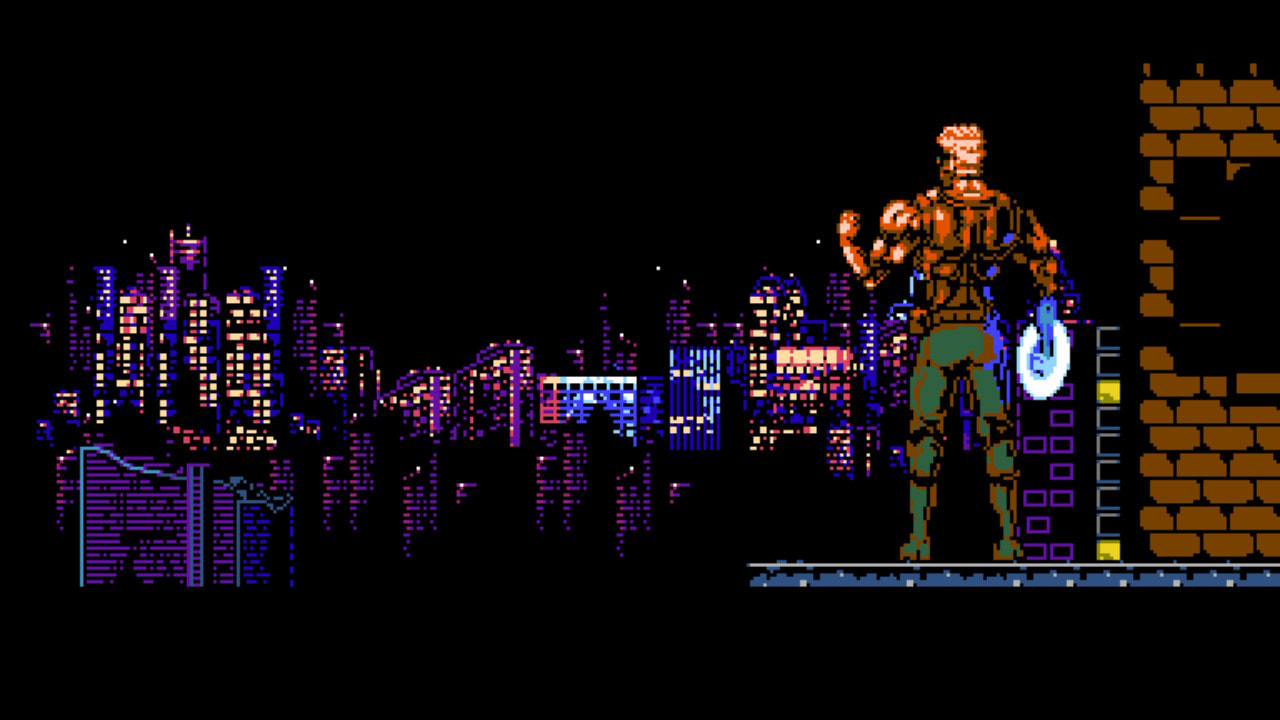


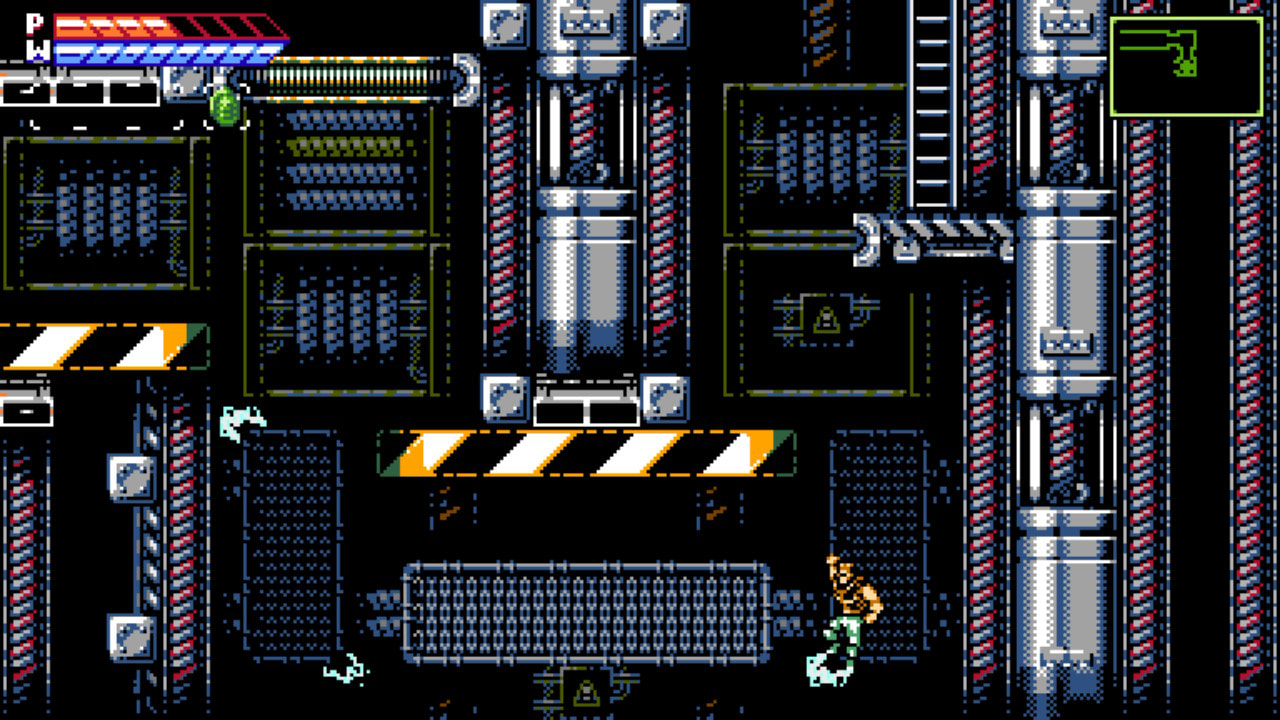

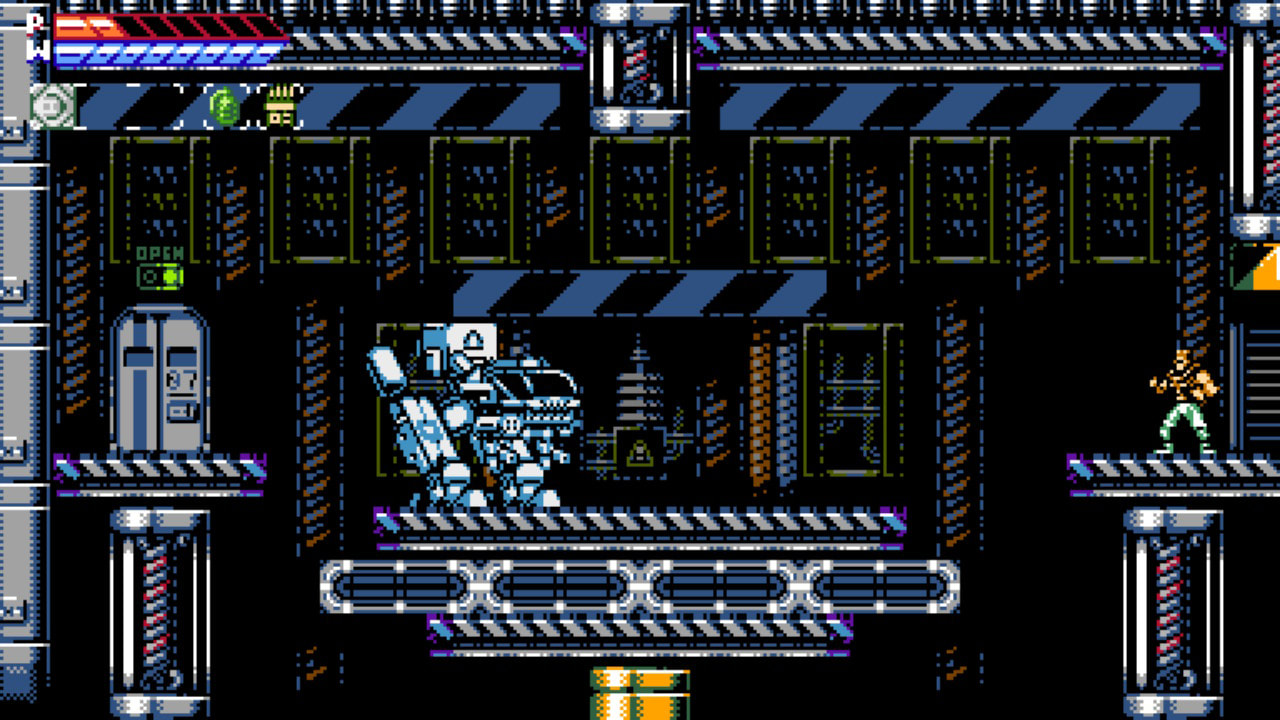
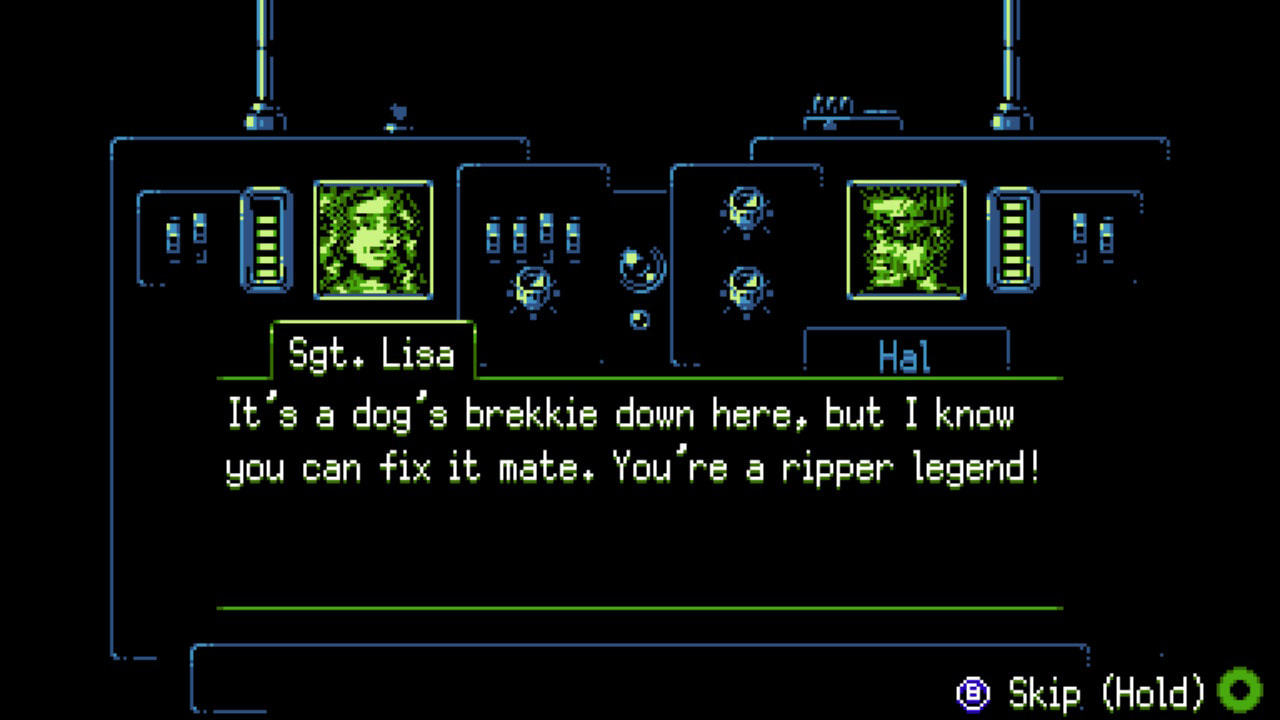
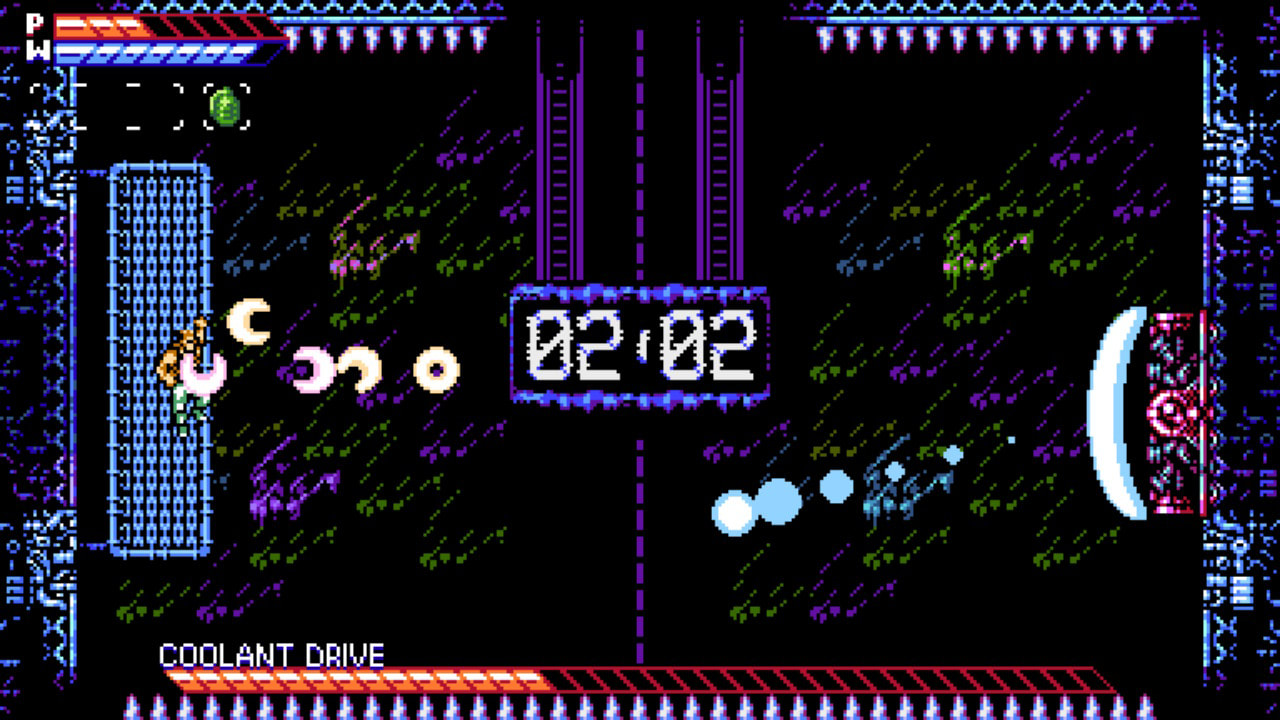


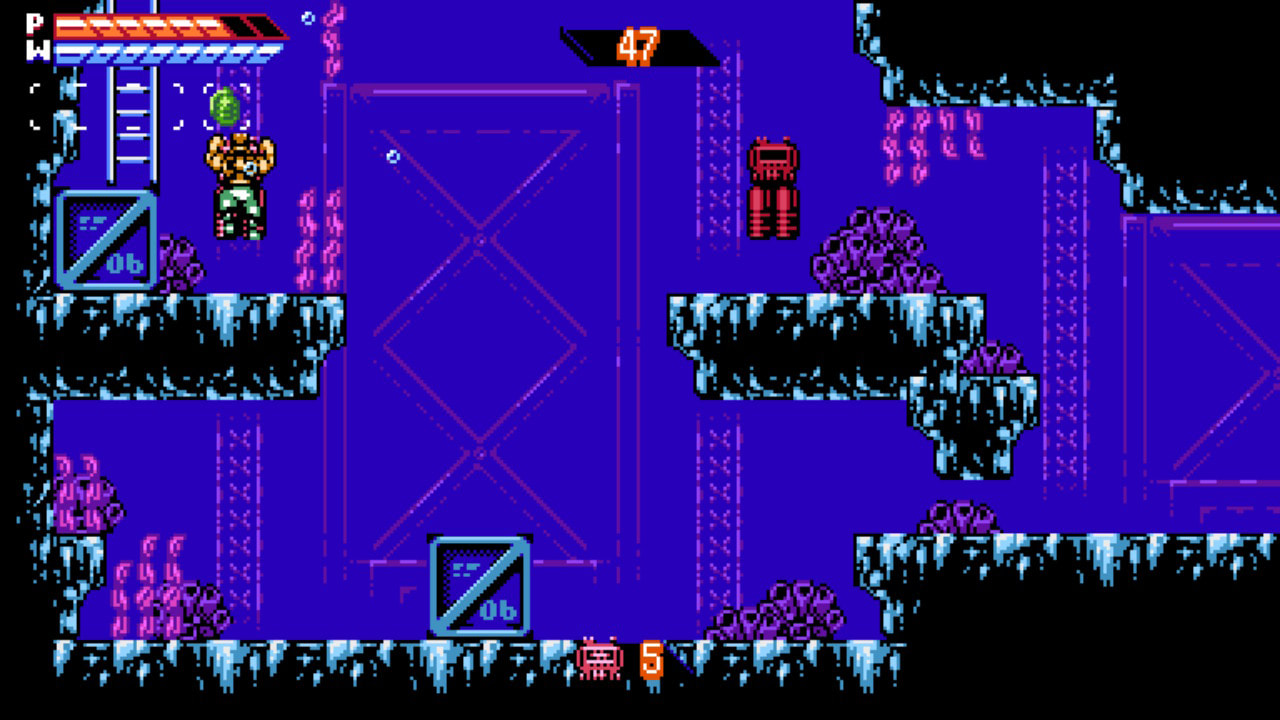



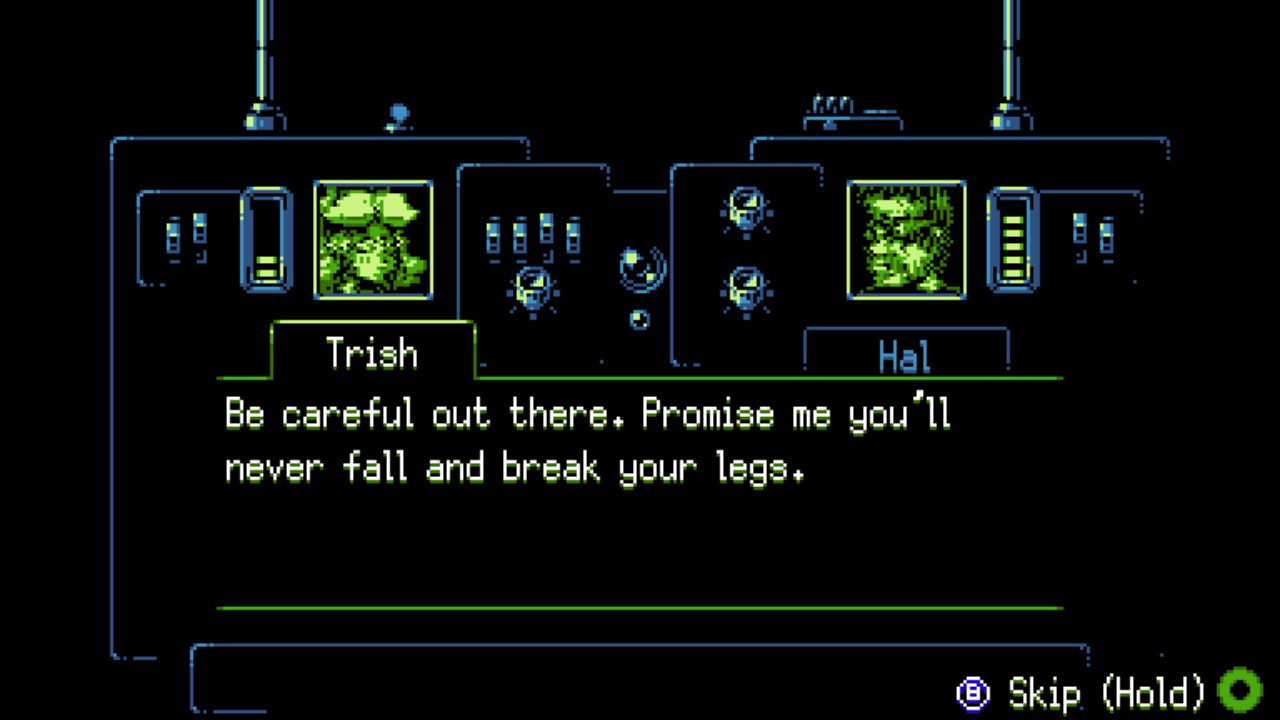
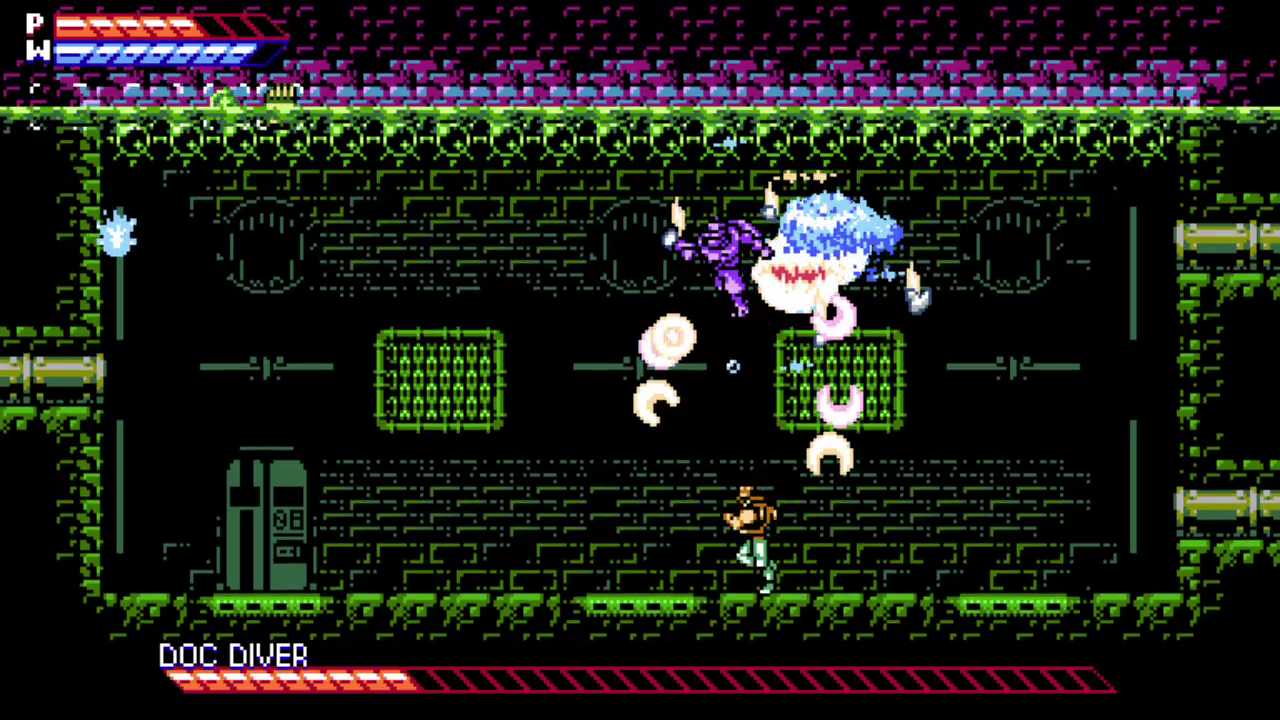




 RSS Feed
RSS Feed